There’s nothing worse than a set of metal table legs that are otherwise perfect, apart from some rust. Left untreated, even the best metal table legs can develop rust, which can worsen to affect the table’s structural integrity, turning a small issue into a big problem.
So, what can you do about rusty table legs? In this guide, we’ll explain how to remove rust from metal table legs, helping you restore your table to its former glory. We’ll cover the tools and techniques you’ll need, and offer some tips for rust prevention.
Sometimes, when rust damage is severe, your table legs might be past the point of repair. If this is the case, don’t fret - you can find the best selection of premium table legs here at The Hairpin Leg Co. Since 2013, we’ve been supplying the finest table legs to makers, DIYers, and professionals. Browse our range today! Meanwhile, here’s how to remove rust from steel table legs.
What Causes Rusty Table Legs?
Before we talk about how to repair rusted table legs, what causes rust in the first place? Even the best table leg design, when exposed to environmental factors, are vulnerable. Let’s take a look at the main reasons for rusty table legs.
Moisture Exposure
One of the main causes of rust is prolonged exposure to moisture. When water comes into contact with metal surfaces, it can lead to oxidation, the chemical reaction responsible for rust formation.
This issue is particularly common in outdoor tables or those placed in high-humidity environments like basements or patios. Even a small amount of condensation from spills or nearby humidity can accelerate the process if left unaddressed.
For what it’s worth, though, only iron rusts. So if legs are made of anything besides iron or an alloy containing iron, like steel, you won’t have as much to worry about.
Scratches or Damage to Protective Coating
Many metal table legs come with a protective coating, such as paint or a layer of powder coating, designed to prevent rust. However, if this coating becomes scratched or chipped, the bare metal underneath is exposed to air and moisture.
These vulnerable areas are prime spots for rust to develop, and it can spread quickly if not treated. That’s why it’s important to learn how to repair rusted table legs as soon as you see the first signs of rust.
Chemical Interactions
Chemical exposure can also lead to rust. Harsh cleaning agents, acidic substances, or even salt (common in coastal areas) can break down protective coatings or react with the metal itself. Over time, this weakens the metal's surface and makes it more susceptible to rust, particularly if chemicals are frequently used or present in the environment.
How to Remove Rust From Metal Table Legs
So, you’ve got rusty table legs. Don’t worry, it doesn’t have to mean the end of their usefulness or aesthetic appeal. With a range of effective methods, you can fight rust and restore your furniture to its former glory. Here’s how to remove rust from metal table legs.
Using Sandpaper or a Wire Brush
For light to moderate rust, sandpaper or a wire brush is a good starting point. Use medium-grit sandpaper or a stiff wire brush to scrub the rusted areas. Work in circular motions to remove surface rust. For stubborn spots, switch to coarse grit or a more abrasive brush.
Applying White Vinegar
White vinegar is a natural and inexpensive rust remover. In terms of how to remove rust from metal table legs using vinegar, soak a cloth or sponge in white vinegar and apply it generously to the rusted areas. Let it sit for 30-60 minutes, then scrub the area with a brush or scouring pad. Rinse thoroughly with water, and finally dry with a cloth.
Baking Soda Paste
A baking soda paste is a gentle yet effective option for removing rust. Mix baking soda with water to create a thick paste. Spread it over the rusted area and let it sit for 1-2 hours. Scrub with a brush or steel wool, then rinse and dry. For added effectiveness, add a small amount of white vinegar to the paste.
Professional Rust Remover Products
For severe rust or quicker results, you might want to try a commercial rust remover. Follow the manufacturer’s instructions, applying the product directly to the rusted surface. Allow it to work for the recommended time before scrubbing and rinsing. Make sure you choose products that are safe for the type of metal used in your table legs.
Salt and Lemon Rust Removal Method
The combination of salt and lemon is a natural and eco-friendly way to remove rust. Sprinkle salt over the rusted area and squeeze fresh lemon juice on top. Let it sit for 2-3 hours, then scrub with a sponge or brush. Rinse thoroughly and dry. A half-cut lemon can even act as a scrubber.
Other DIY Solutions
Wondering how to remove rust from metal table legs with other DIY solutions? You can try slicing a potato in half, dipping it in baking soda, and rubbing it over the rust - the oxalic acid in potatoes helps break down rust. You can also soak a cloth in cola and rub it over the rusted area - cola’s phosphoric acid can help dissolve rust.
How to Repair Rusted Table Legs Step-by-Step
Learning how to remove rust from metal table legs is just the first step - you’ll then need to protect your table’s legs to prevent more rust. Here’s how to restore metal table legs and how to fix table legs that have rusted to make them as good as new.
Clean the Metal Surface
The first step in repairing rusty table legs is cleaning. Start by wiping down the legs with a damp cloth to remove dirt, debris, and leftover rust particles. Use mild soap if necessary, then dry the surface completely.
Remove the Rust
Follow the steps above for your chosen method on how to clean rust off metal table legs to eliminate any remaining rust. If you’re using a commercial product, make sure you follow the manufacturer’s guidelines closely.
Clean and Dry the Metal Surface
After you’ve figured out how to remove rust from steel table legs, clean the legs thoroughly with water and a clean cloth to remove any residue. Dry the surface completely to prevent moisture from causing new rust.
Refinish and Protect
Then, it’s time to refinish and protect your table legs, depending on your preferences and the types of dining table legs you’re working with. Use a metal primer to coat the table legs, to provide a protective layer and create a smooth surface for paint or other finishes.
Once the primer dries, paint the legs with rust-resistant paint or apply a clear sealant to shield the metal from future exposure to moisture. You can also follow these tips on how to paint furniture legs.
If you had to remove the legs, use this article on how to install furniture legs, these tips on how to change dining table legs, or this guide on the best way to connect table legs to put them back on your table.
Tips on Preventing Rusty Table Legs in the First Place
Preventing rust is always easier than learning how to clean rust off metal table legs. But what can you do to protect your table’s legs against rust? Here are some simple tips to keep those legs strong, safe, and rust-free.
Regular Maintenance
Routine care is essential to prevent rust from forming in the first place. Regularly clean your table legs with a soft cloth and mild soap to remove dust, dirt, and grime. Keeping the metal clean prevents dirt buildup that can trap moisture and accelerate rust formation.
Protective Coatings
A good protective layer can shield your table legs from environmental factors that cause rust. Apply a rust-resistant primer, paint, or clear sealant to the metal surface - even the best dining table legs need a protective coating.
Many table legs already come with a factory-applied protective coating, but reapplying it periodically is a good idea, especially if the furniture is outdoors. Protective coatings create a barrier between the metal and elements like moisture and air, reducing the chances of oxidation.
Minimise Exposure to Moisture
Rust thrives in damp environments, so reducing moisture exposure is key. For outdoor tables, place them under a covered area like a patio or use furniture covers during wet weather. Wipe off any spills or condensation immediately, and ensure the legs are completely dry after cleaning.
Avoid Harsh Chemicals
Some cleaning agents and substances can damage protective coatings or corrode metal, making it more vulnerable to rust. Use gentle, non-abrasive cleaning solutions designed for metal surfaces. Avoid products with high acidity or corrosive chemicals unless they’re specifically formulated to protect metal.
Signs Your Metal Table Legs Are Beyond Repair
Learning how to clean rust off metal table legs is one option, but sometimes your legs are past the point of repair. So how do you know when rust removal might work, or when it’s better to cut your losses and upgrade to a new set of table legs? Let’s take a look.
Deep Pitting and Corrosion
When rust has penetrated deep into the metal, it creates pits that weaken the structural integrity, often appearing as small, crater-like holes or widespread pitting across the surface. Deep pitting cannot be smoothed out or repaired, and it compromises the strength of the metal, making it unreliable and unsafe.
Rust Spread to Critical Joints
Rust that affects the joints or connecting parts of the table legs is particularly problematic. Look for rust around screws, bolts, or welded areas where the legs attach to the table or base. These areas bear the most weight and stress, and rust in these spots can lead to instability, wobbling, or even collapse.
Flaking or Crumbling Metal
When rust progresses far enough, the metal begins to flake or crumble, indicating severe damage. If you’re seeing layers of metal peeling off or crumbling when touched, it’s time to upgrade your table’s legs. Flaking or crumbling metal is a clear sign that the material has lost its structural integrity and cannot be salvaged.
Severe Warping or Bending
Rust can weaken metal to the point where it starts to warp or bend under normal use. You may notice legs that are visibly misshapen, uneven, or no longer aligned properly. Warped or bent legs can affect the stability of the table, posing a safety hazard - repairs are usually expensive and don’t fully restore the table’s structure.
Cracks or Splits in Welds
Welded joints are critical for holding metal table legs together, and cracks in these areas indicate significant damage. Check for visible splits or cracks in the welds connecting the legs to the frame or base, and replace your table legs if you see these signs - the legs cannot safely support weight.
Upgrade to a Fresh, Rust-Resistant Set of Legs at The Hairpin Leg Co.!
At the end of the day, it’s not worth risking your table’s safety or structural integrity. Sure, you can treat light rust spots at home, but any significant rust will likely damage your industrial table legs and potentially even your table frame beyond repair.
The best way forward is to upgrade to a new set of table legs from The Hairpin Leg Co. We have an incredible selection of metal table legs, with different styles, sizes, and finishes to choose from.
Opt for coffee table legs or bar table legs with a rust-resistant finish for extra durability, or choose from our selection of wooden table legs and never worry about rust again!
If rust resistance is a top priority for your furniture legs, talk to our team to find the best finish for your hairpin legs, ensuring they’re safe, durable, and keep your table looking in the best condition possible.
Whether you need dining table legs, scandi table legs, or single table legs, we’ve got a premium selection backed by a 5-year guarantee and free 60-day returns if you’re unhappy with your legs in any way. Plus, we offer free shipping within the UK on orders over £50.
Final Words on How to Clean Rust Off Metal Table Legs
Learning how to remove rust from steel table legs is worthwhile, because there are often times when you can deal with a few small rust spots and breathe more life into your table legs. But sometimes, rusty table legs are too far gone, and need to be replaced.
At The Hairpin Leg Co., we have a diverse selection of high-quality table legs, with something to suit every style. Our many types of furniture legs come in a range of finishes, including our extra-durable rust-resistant options to protect your table legs from the elements and preserve their longevity.
If you want to learn more about table legs, check out our guides on how to fix wobbly dining table legs, how to attach table legs, and how far in should dining table legs be. Otherwise, browse the table legs at The Hairpin Leg Co. to find the perfect new legs for your table.


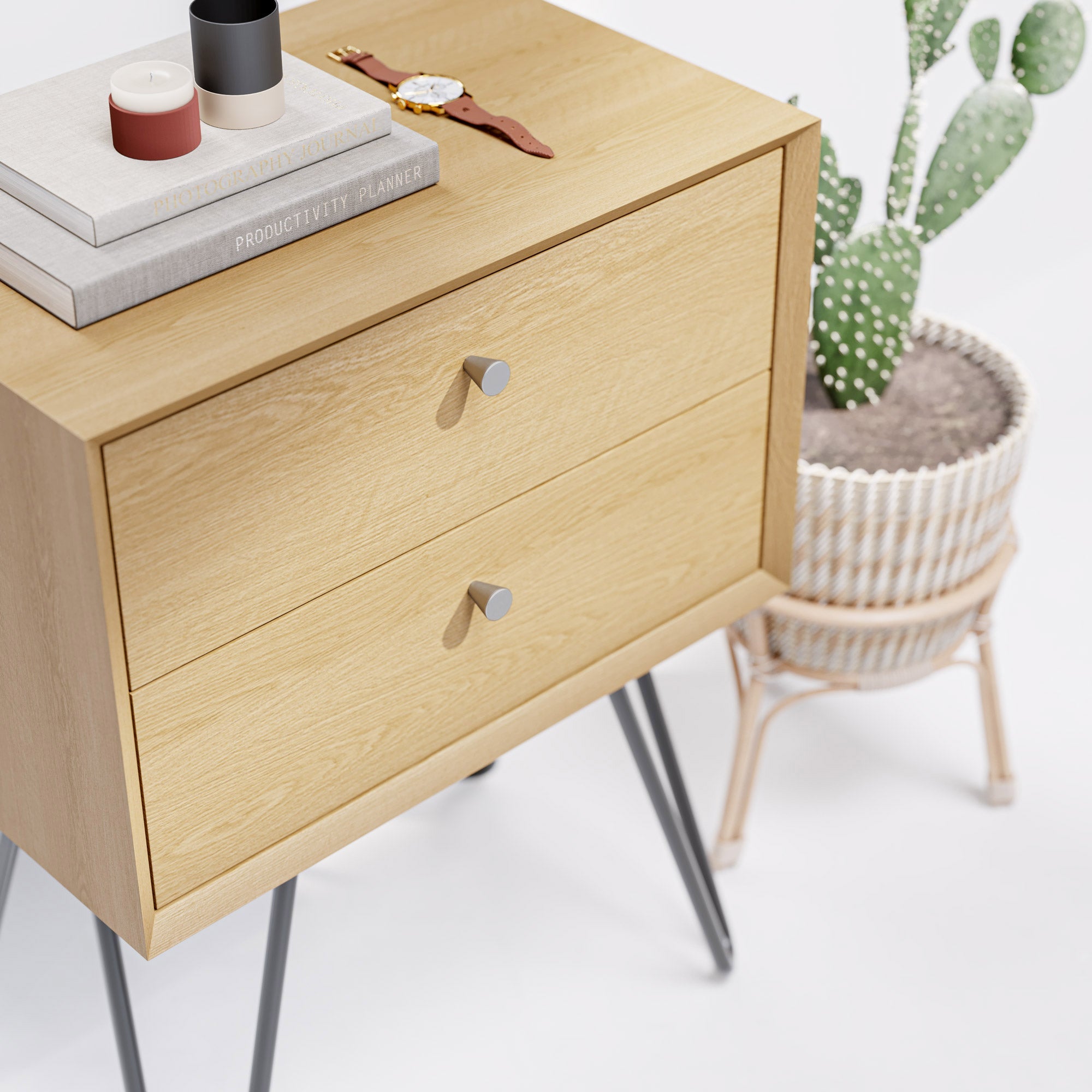
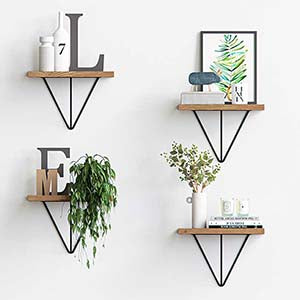
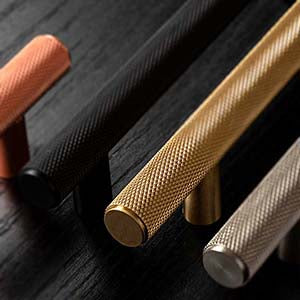
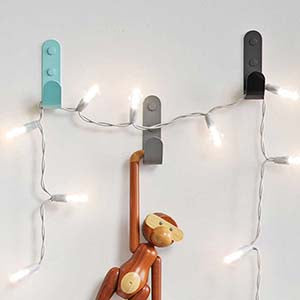
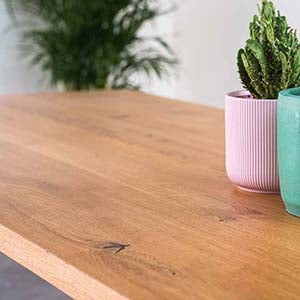
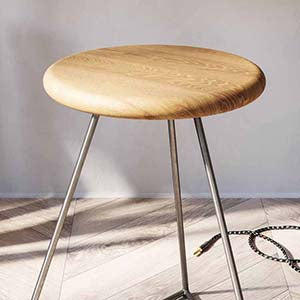
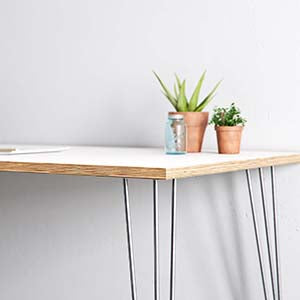
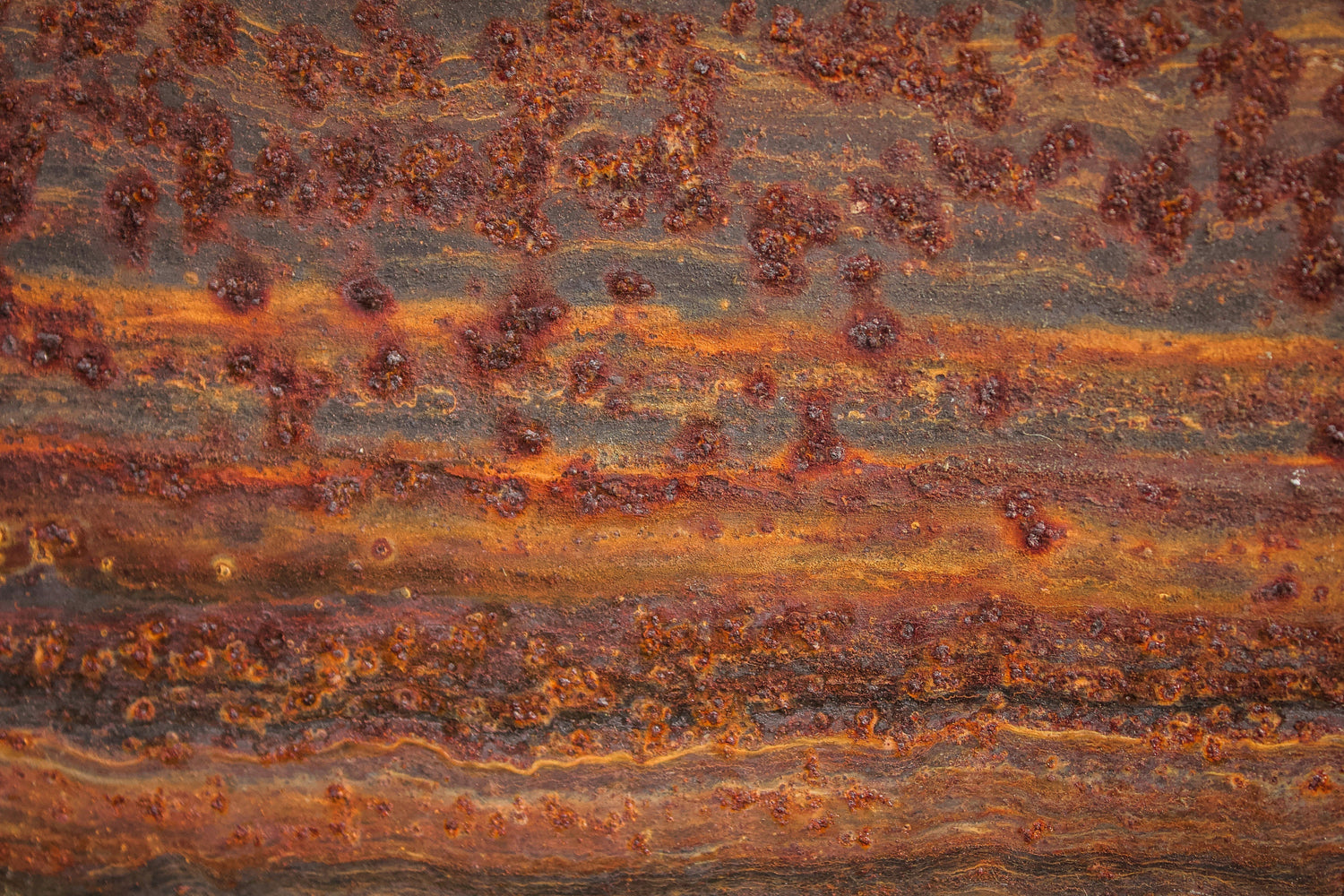
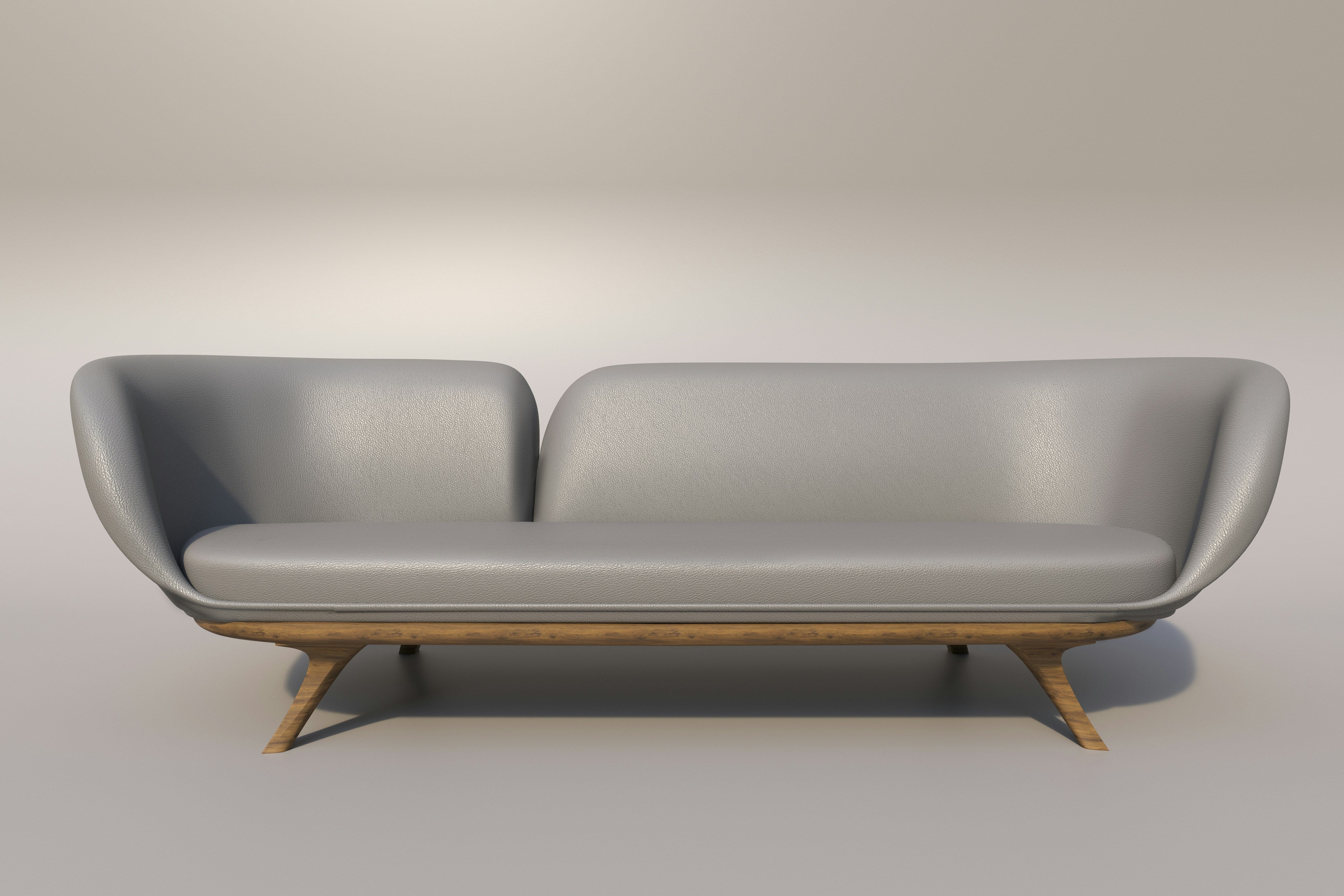
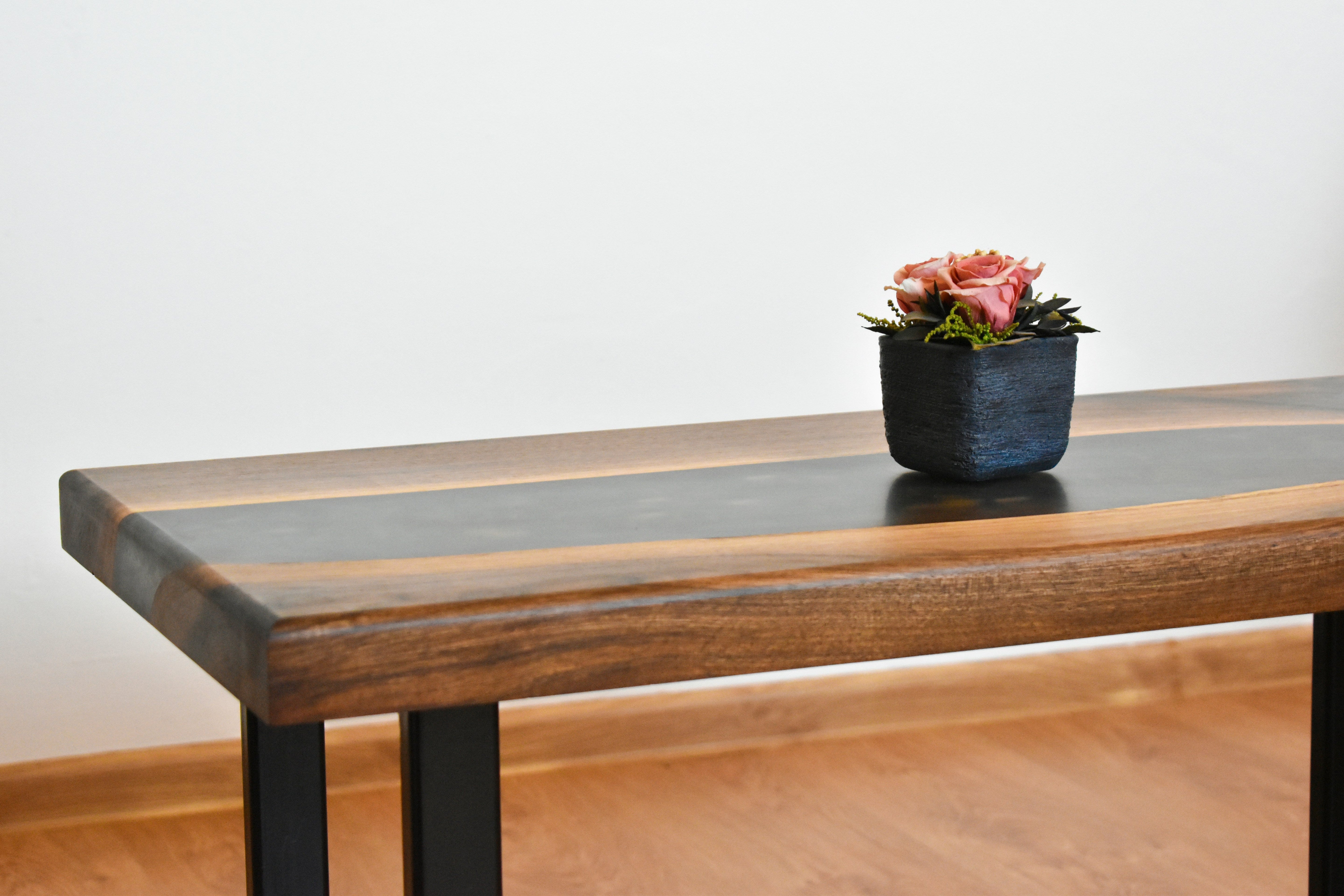
Leave a comment
This site is protected by hCaptcha and the hCaptcha Privacy Policy and Terms of Service apply.